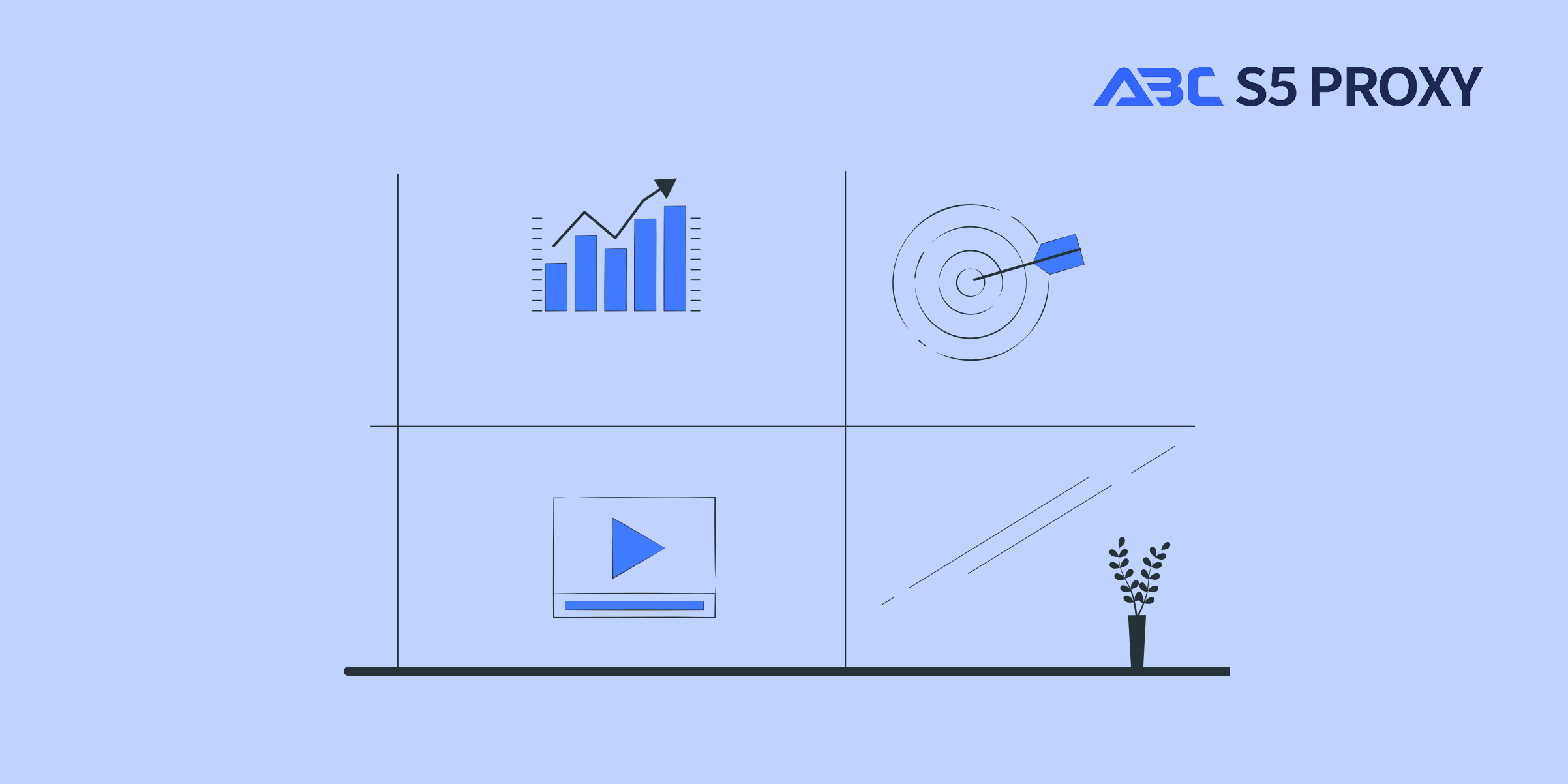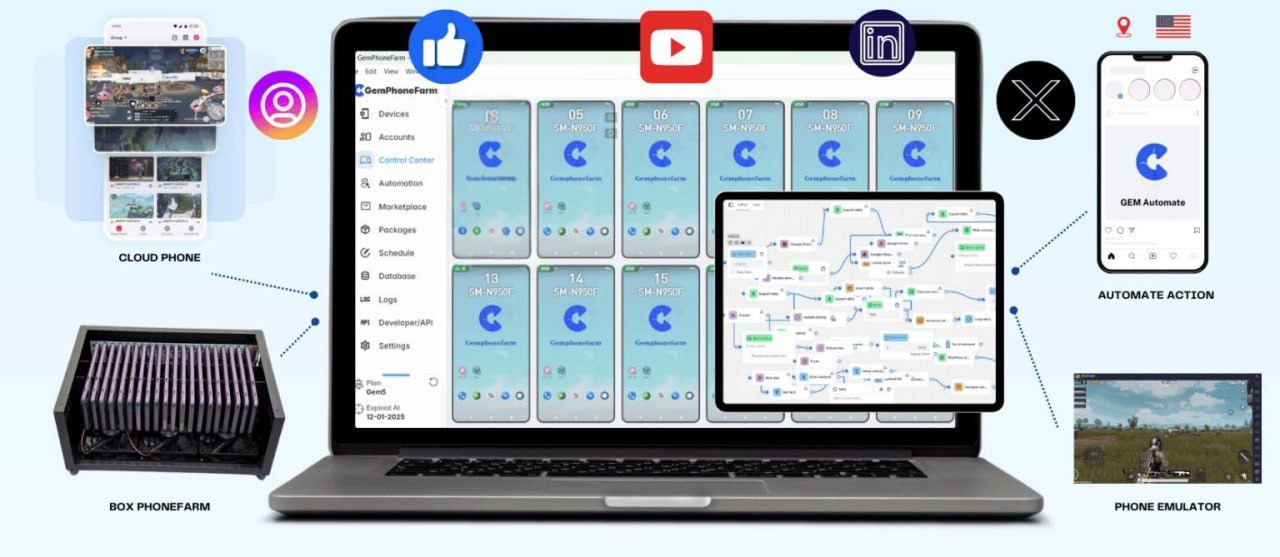Residential Proxies
Allowlisted 200M+ IPs from real ISP. Managed/obtained proxies via dashboard.

Proxies
Residential Proxies
Allowlisted 200M+ IPs from real ISP. Managed/obtained proxies via dashboard.
Residential (Socks5) Proxies
Over 200 million real IPs in 190+ locations,
Unlimited Residential Proxies
Use stable, fast, and furious 700K+ datacenter IPs worldwide.
Static Residential proxies
Long-lasting dedicated proxy, non-rotating residential proxy
Dedicated Datacenter Proxies
Use stable, fast, and furious 700K+ datacenter IPs worldwide.
Mobile Proxies
Dive into a 10M+ ethically-sourced mobile lP pool with 160+ locations and 700+ ASNs.

Web Unblocker
View content as a real user with the help of ABC proxy's dynamic fingerprinting technology.
Proxies
API
Proxy list is generated through an API link and applied to compatible programs after whitelist IP authorization
User+Pass Auth
Create credential freely and use rotating proxies on any device or software without allowlisting IP
Proxy Manager
Manage all proxies using APM interface

Proxies
Residential Proxies
Allowlisted 200M+ IPs from real ISP. Managed/obtained proxies via dashboard.
Starts from
$0.77/ GB
Residential (Socks5) Proxies
Over 200 million real IPs in 190+ locations,
Starts from
$0.045/ IP
Unlimited Residential Proxies
Use stable, fast, and furious 700K+ datacenter IPs worldwide.
Starts from
$79/ Day
Rotating ISP Proxies
ABCProxy's Rotating ISP Proxies guarantee long session time.
Starts from
$0.77/ GB
Static Residential proxies
Long-lasting dedicated proxy, non-rotating residential proxy
Starts from
$5/MONTH
Dedicated Datacenter Proxies
Use stable, fast, and furious 700K+ datacenter IPs worldwide.
Starts from
$4.5/MONTH
Mobile Proxies
Allowlisted 200M+ IPs from real ISP. Managed/obtained proxies via dashboard.
Starts from
$1.2/ GB
Knowledge Base
English
繁體中文
Русский
Indonesia
Português
Español
بالعربية

Title: Unveiling the Truth Behind Hacking Cloudflare
In recent years, Cloudflare has emerged as a prominent and widely-used internet security and performance platform, offering services that protect websites from various online threats and ensure fast and reliable delivery of content. However, as with any technology, there are always those who seek to exploit vulnerabilities for malicious purposes. In this blog post, we will delve into the world of hacking Cloudflare, exploring the methods used by attackers, the potential consequences, and the steps that can be taken to enhance the security of Cloudflare-protected websites.
One of the primary ways hackers attempt to compromise Cloudflare is through DDoS (Distributed Denial of Service) attacks. By flooding a website with an overwhelming amount of traffic, attackers can overwhelm Cloudflare's servers and disrupt the normal operation of the website. This can lead to downtime, loss of revenue, and damage to the reputation of the targeted website. To prevent such attacks, it is crucial for website administrators to configure their Cloudflare settings to mitigate DDoS attacks effectively. This can include setting up firewall rules, enabling rate limiting, and utilizing Cloudflare's DDoS protection services.
Another common method used by hackers to bypass Cloudflare's security measures is through exploitation of vulnerabilities in web applications. By identifying and exploiting weaknesses in the code of a website, attackers can gain unauthorized access to sensitive data or take control of the website. To mitigate this risk, website owners should regularly monitor and update their web applications to patch any known vulnerabilities. Additionally, implementing strong authentication mechanisms and restricting access to sensitive areas of the website can help prevent unauthorized access.
In some cases, hackers may attempt to compromise Cloudflare by targeting the infrastructure itself. This can involve exploiting misconfigurations in Cloudflare settings, abusing API credentials, or launching sophisticated attacks aimed at compromising Cloudflare's network. To protect against such threats, website administrators should implement strong access controls, regularly audit their Cloudflare configurations, and monitor network traffic for any suspicious activity. Additionally, enabling two-factor authentication and utilizing secure communication protocols can help enhance the security of Cloudflare-protected websites.
It is important to note that hacking Cloudflare is not only illegal but also unethical. By attempting to compromise the security of a platform that is designed to protect websites and their visitors, hackers put innocent users at risk and undermine the trust and integrity of the internet as a whole. Website administrators should take proactive measures to secure their websites and ensure that they are not inadvertently facilitating cyber attacks.
In conclusion, hacking Cloudflare is a serious threat that website owners must be vigilant against. By understanding the methods used by attackers, implementing robust security measures, and staying informed about the latest threats, website administrators can protect their websites and their visitors from potential harm. Cloudflare remains a valuable ally in the fight against online threats, and by working together, we can ensure a safer and more secure internet for all.
Featured Posts
Popular Products
Residential Proxies
Allowlisted 200M+ IPs from real ISP. Managed/obtained proxies via dashboard.
Residential (Socks5) Proxies
Over 200 million real IPs in 190+ locations,
Unlimited Residential Proxies
Use stable, fast, and furious 700K+ datacenter IPs worldwide.
Rotating ISP Proxies
ABCProxy's Rotating ISP Proxies guarantee long session time.
Residential (Socks5) Proxies
Long-lasting dedicated proxy, non-rotating residential proxy
Dedicated Datacenter Proxies
Use stable, fast, and furious 700K+ datacenter IPs worldwide.
Web Unblocker
View content as a real user with the help of ABC proxy's dynamic fingerprinting technology.
Related articles

Unlock Untraceable Surfing: Gemlogin Antidetect Browser Boosted by ABC Proxy
Gemlogin Antidetect Browser With ABC Proxy provides advanced security features for online activities. Enjoy secure browsing with anonymity and protection. Safeguard your data with this powerful combination of features.